Snow Leopard
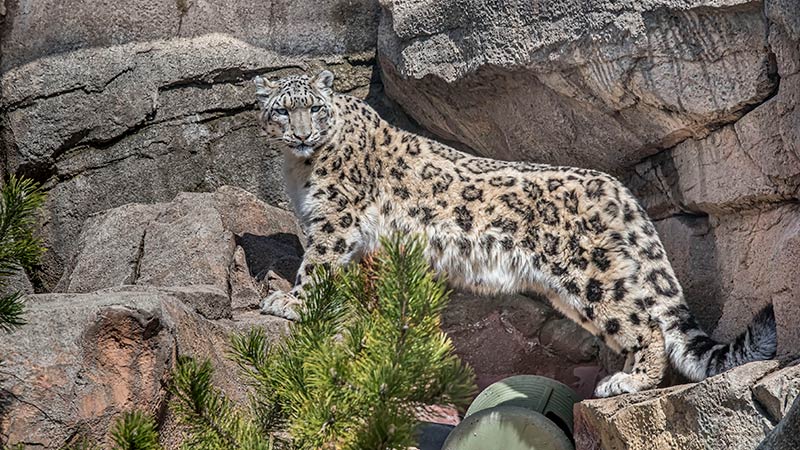
The cat’s huge paws have fur on the bottom that gives the leopard traction on the snow and protection from sharp rocks. The snow leopard’s long, thick, and luxurious tail acts as a built-in comforter when the cat wraps it around its body for added warmth. The tail is almost as long as its body!
Spotted Hyena
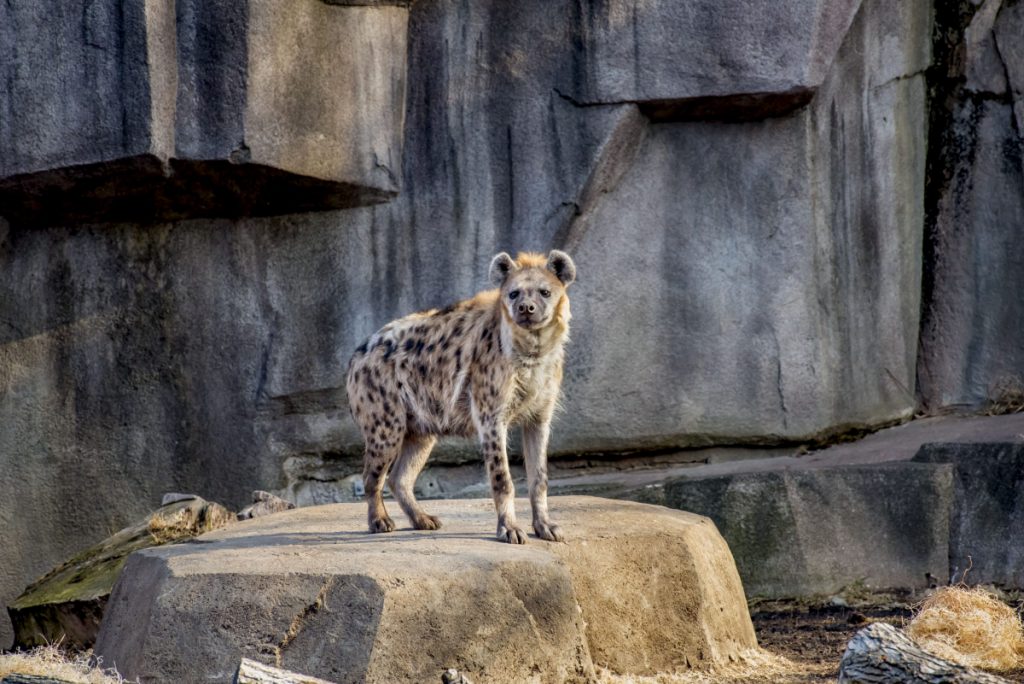
Spotted hyenas are extremely vocal animals. Their well-known laughing sound is emitted when being chased or attacked. A variety of “whoops” are also made when a pack of hyenas is getting ready for a hunt.
Serval
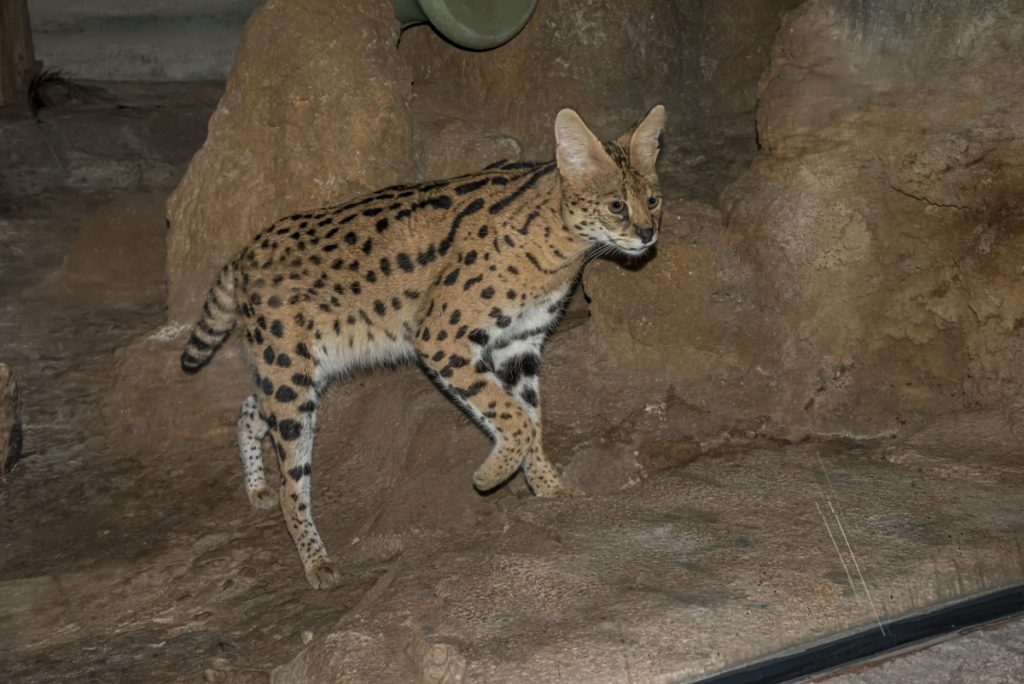
In proportion to its body, the serval has the longest legs in the cat family, enabling it to peer over tall vegetation to find prey. A serval can leap twice its own body length. A pounce may span 3-12 feet and may be over 3 feet high.
Jaguar
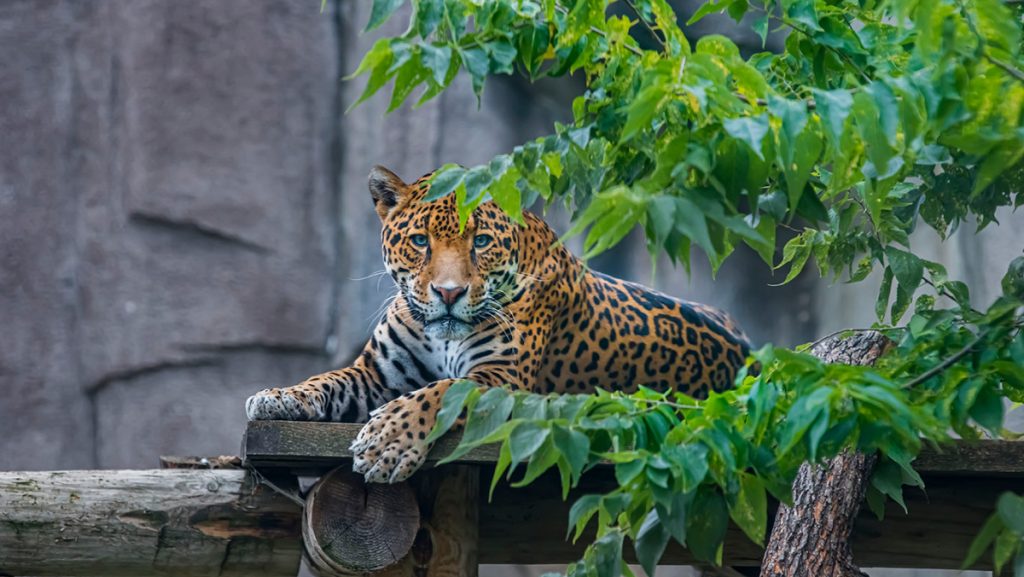
“Jaguar” comes from the native South American name “yaguara,” meaning “a beast that kills its prey with one bound.” They’re good swimmers and frequently hunt near bodies of water. A jaguar may “go fishing” by waving their tail over the water to attract hungry fish. Each jaguar’s spot pattern is unique, like their own personal […]
Cheetah
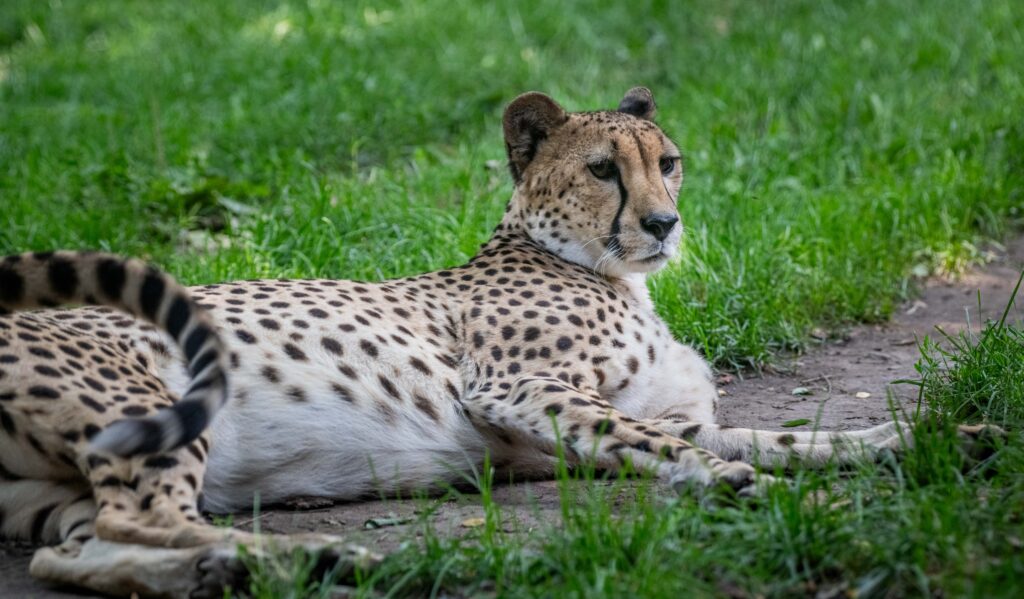
“Cheetah” comes from a Hindi word meaning “spotted one.” The cheetah has a leaner body and longer legs than other big cats. The black “teardrops” under each eye may enhance their vision by reducing glare from the sun.
African Lion
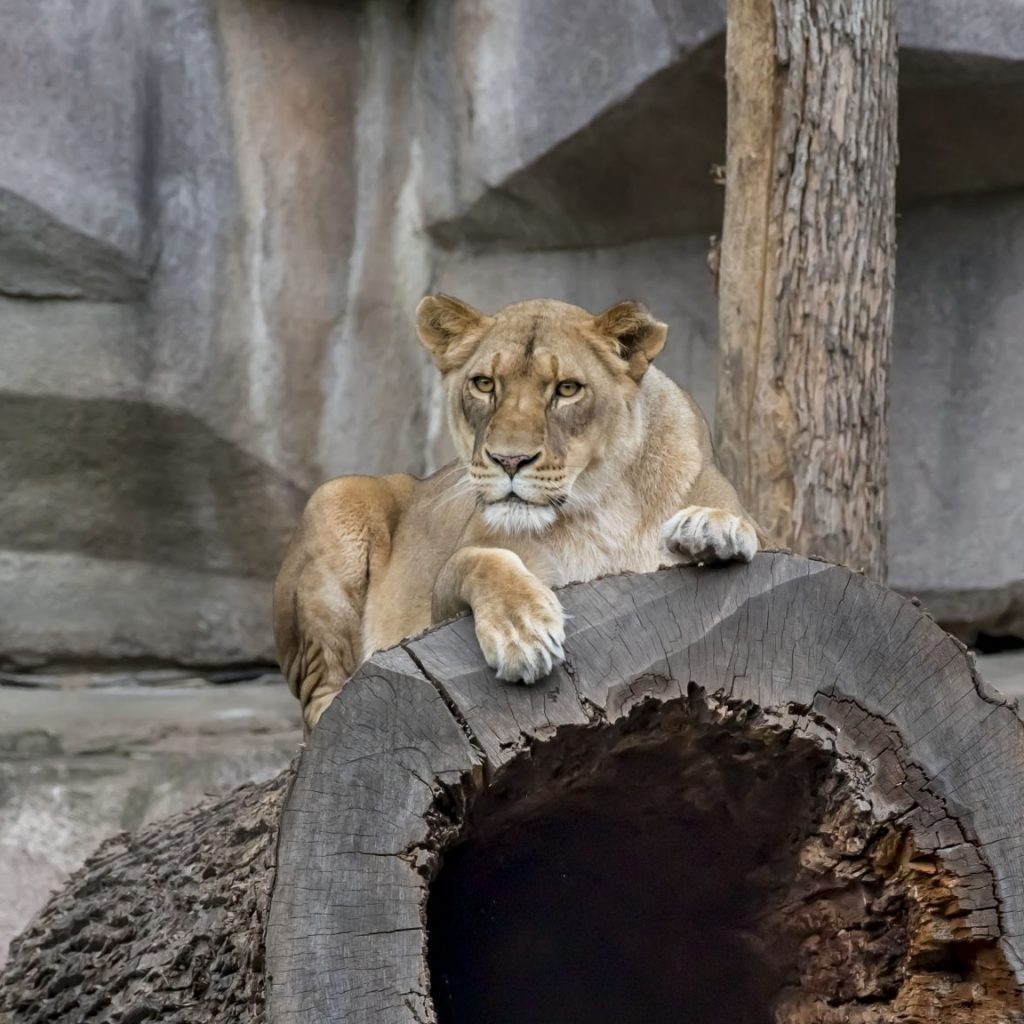
Lions are the only cats that live in large, social groups, called “prides.” A pride is made up of 3 to 30 lions. The pride consists of lionesses (mothers, sisters, and cousins), and their cubs, along with a few unrelated adult males.
Amur Tiger

Amur tigers have the palest orange coats and fewest stripes of all tiger subspecies. No two tigers have the same pattern of stripes. Face markings can be used like human fingerprints for identification. Unlike many other cat species, tigers readily enter water and are good swimmers.
Red Panda
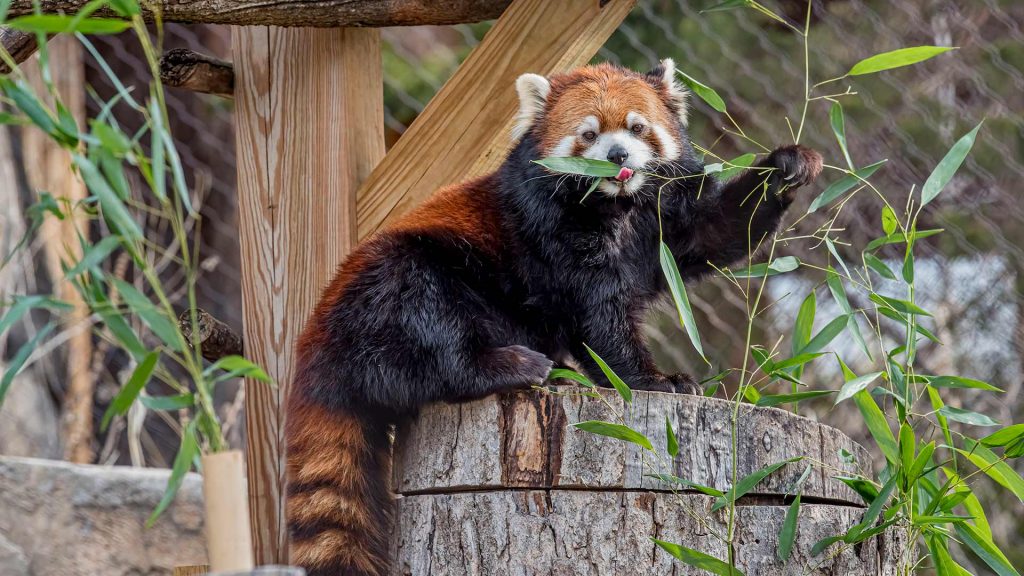
The red panda is not closely related to giant pandas. Red pandas are housed in Big Cat Country because they are geographically from the same wild habitats as some of the “real” big cats. Red Pandas at the Zoo can often be seen climbing high on their habitat platforms.